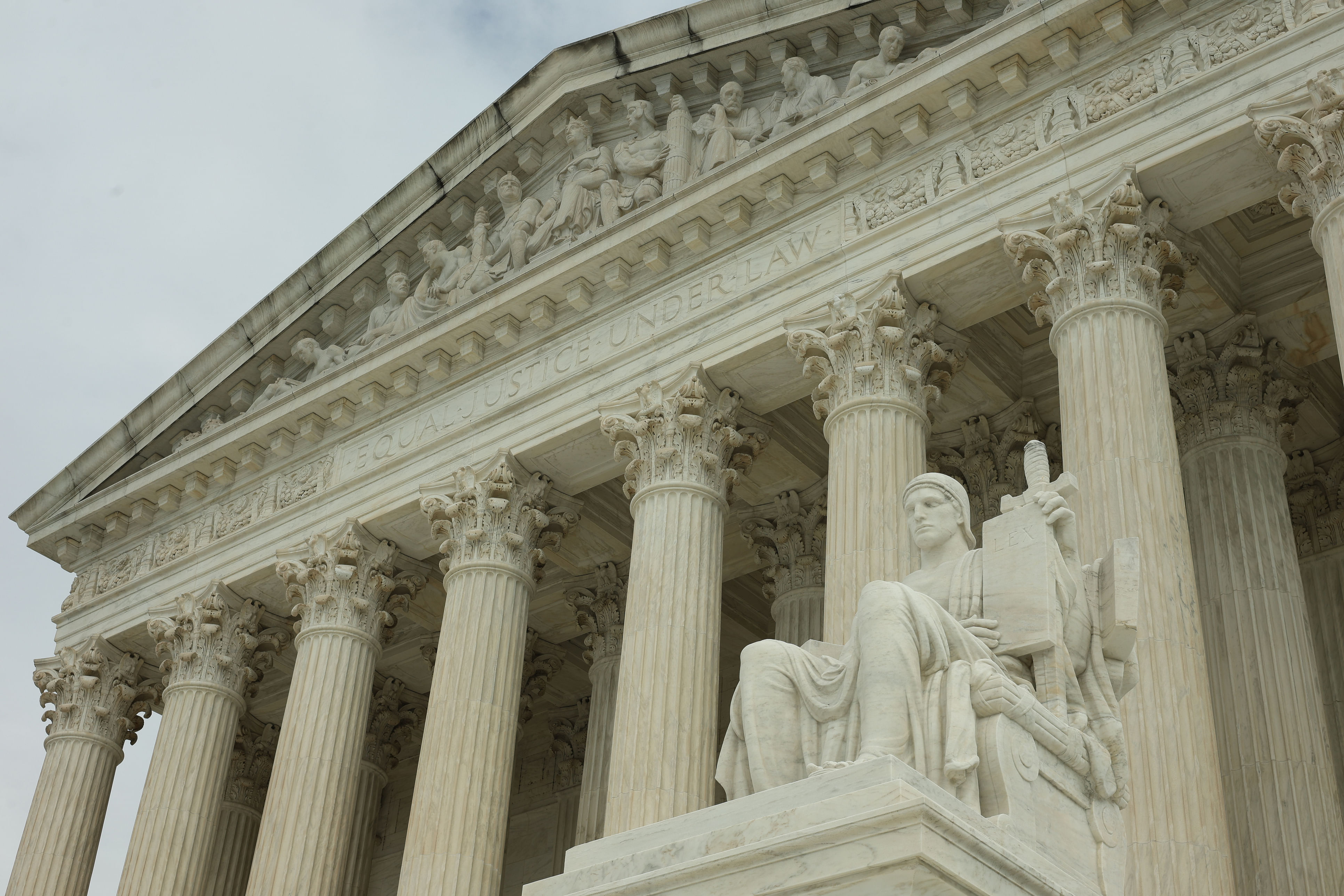Jul 1st, 2024
Chevron Is Dead — Does It Matter?

By: Demetria Mantalis and Jennifer Novak
While the majority of the country may focus on any number of cases coming out of the U.S. Supreme Court this term, environmental lawyers were awaiting the decisions in Loper Bright Enterprises v. Raimondo, and Relentless v. Department of Commerce. On their faces, neither may seem particularly controversial. But they are significant for the potential chaos that may ensue in a world where regulations flesh out general laws.
In Loper Bright, a National Marine Fisheries Service (NMFS) rule required herring fishing companies to pay the cost of having government inspectors on their vessels. The plaintiff argued that the Magnuson-Stevens Fishery Conservation and Management Act does not explicitly authorize the NMFS to mandate such industry-funded monitoring. Relentless Inc. v. Department of Commerce also involved challenges to NMFS regulations, namely the agency’s imposition of additional regulatory costs and requirements on the fishing industry.
Both cases involved what’s known as the Chevron doctrine of federal law. This doctrine has been a cornerstone to navigate complex regulatory landscapes since its emergence in the landmark Supreme Court case Chevron U.S.A., Inc. v. Natural Resources Defense Council 104 S.Ct. 2778 (1984). The case acknowledged that Congress often passes laws that cannot anticipate or legislate all possible scenarios. Congress will set forth its intentions while asking administrative agencies to do the heavy lifting of issuing regulations to give the law's effect. Under the Chevron doctrine, courts give deference to administrative agencies’ findings under the assumption that they understand their own regulations and have more expertise in the subject matter than a court can obtain by simply reviewing briefs and evidence in a singular case.
Interestingly, the doctrine arose when the Reagan administration relaxed federal environmental regulations; the Supreme Court gave deference to that decision. But over the past few decades, by giving deference to administrative agencies’ reasonable interpretations of ambiguous statutes, the Chevron doctrine paved the way for expert-driven decisions regarding the protection of our air, water, and wildlife. Naturally, this has created a large “administrative state” and drawn the ire of many who prefer fewer regulations.
The legal framework of the Chevron doctrine required federal courts to take a two-step approach when analyzing an administrative agency’s legal interpretation of statutes. First, the court determined if Congress, when passing the law in question, had a clear intent in mind for how the law would be applied. If the court found that Congress did have a clear intent, it determined that intent. If the court found that Congress did not have a clear intent which had resulted in ambiguities in the law, the court proceeded to the following step. Second, the court determined whether the agency’s interpretation was arbitrary, capricious, or manifestly contrary to the statute. If it fell within one of these exceptions, judicial deference was given to the agency’s reading and their interpretation was upheld.
How The Chevron Doctrine Applies to Environmental Law Matters and Others
The Chevron doctrine often played a crucial role in environmental law by helping courts respond to administrative agencies’ interpretations of often complicated and ambiguous environmental statutes. Rather than giving the courts the power to read their own interpretations into statutes, the Chevron doctrine made space for interpretations done by those with the expertise and training necessary to make informed decisions. This helped to ensure that environmental laws were applied consistently and effectively, which facilitated a proper relationship between natural resources and the protection of public health.
The Chevron doctrine did not just protect the environment, but it safeguarded American interests across various fields. For instance, the doctrine granted deference to the Food and Drug Administration when making interpretative decisions related to food, drugs, and public health, ensuring that those made decisions with the necessary medical and scientific expertise. Similarly, when ambiguities arose in employment statutes, the doctrine allowed experts at the Department of Labor and the Equal Employment Opportunity Commission to make informed decisions to protect American workers. Overall, the doctrine ensured that experts employed by administrative agencies were best serving the public by allowing them to effectively interpret and implement laws in their often highly specialized areas.
What Environmentalists Fear About This USSC – Should They?
In deciding Lopez Bright and Relentless, the United States Supreme Court found that the Chevron doctrine is inconsistent with the federal Administrative Procedures Act, which gives courts the right to determine the legal meaning of statutes. Writing for the majority, Chief Justice John Roberts wrote that Congress intended for courts to handle even technical statutory questions. If questions are too complex, courts can consider the agencies’ interpretation and other information presented by litigation parties or amici. And Justice Roberts argued that current laws and cases relying on Chevron are not required to be overturned.
One thing is for certain. Many federal laws, especially in the world of environmental law, are about to see an explosion in challenges. And while the Supreme Court suggests that dismantling Chevron will provide more stability to the law, the exact opposite is true. Administrative agencies are already required to act based upon facts and evidence and often have the benefit of decades of study. If they reach decisions that are outside the scope of their authority, or lacking in evidence, they are already subject to judicial challenge. With its decisions, the Court has now opened the door to any judge, in any jurisdiction, equating an agency’s day-in, day-out expertise with any other source of knowledge. This will lead to unpredictability in the law, which hurts both the private sector and the environmental protectors. The real question will be how much it affects California, which has relied upon a lesser standard of agency deference for years. We’ll continue to watch for changes in California regulations.